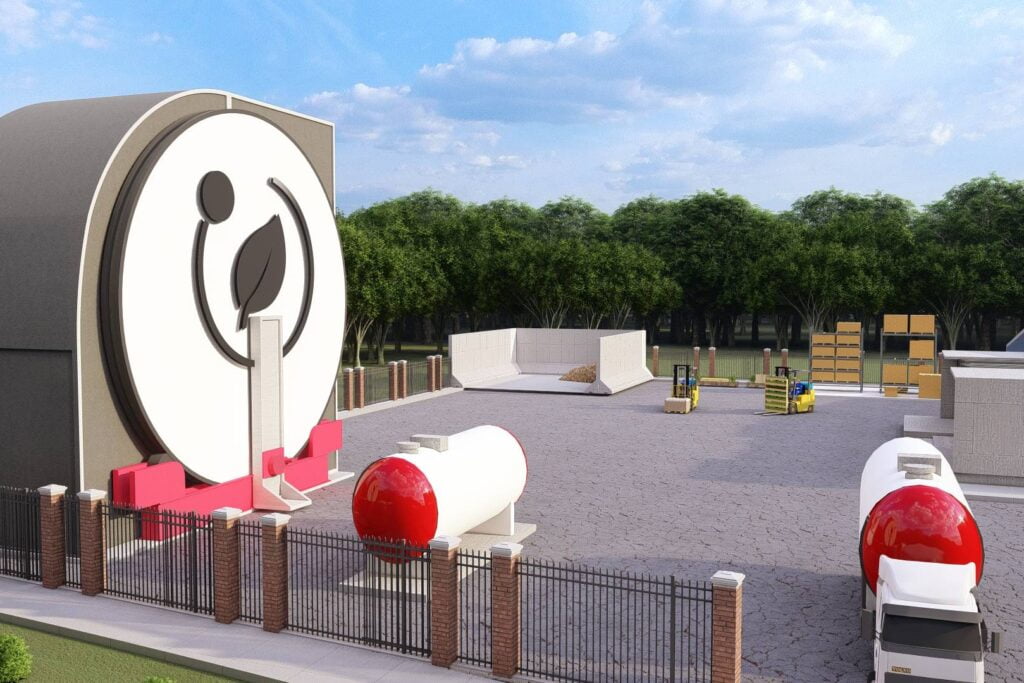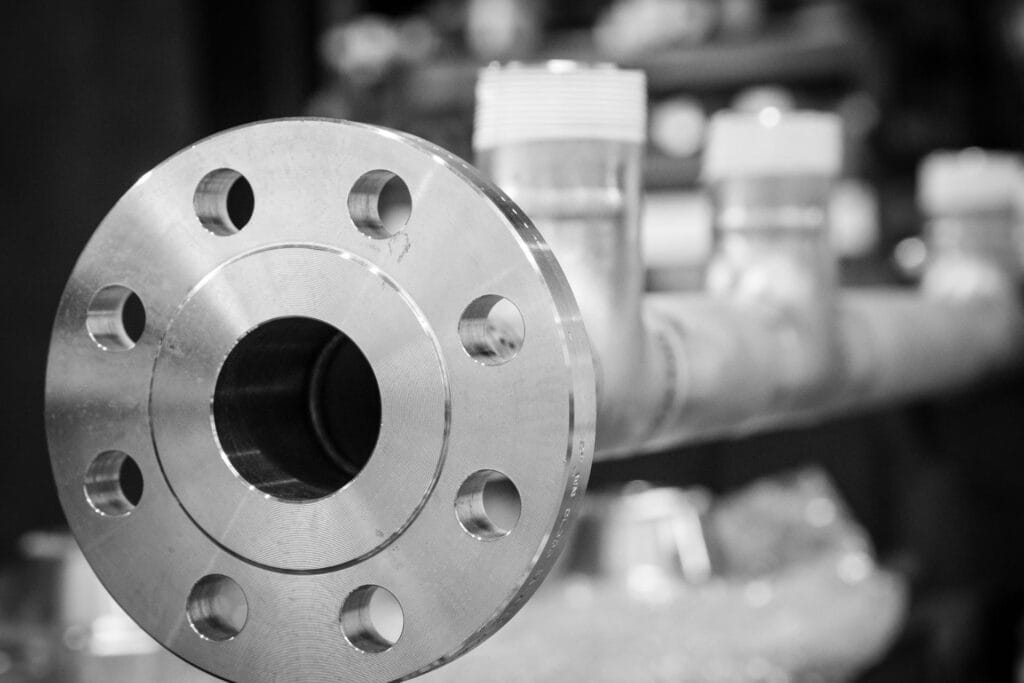How it Works

RIPR EXPLAINED
Reformation
Our Rising Pressure Reformer (RiPR) technology is – at its heart – very simple. It turns biogenic material into hydrogen through supercritical water reformation (SCWR).
Biogenic material is anything generated by living organisms. This includes things like plant matter but also hydrocarbons such as plastics.
Because our technology uses reformation, it does not involve electrolysis. This means it requires far less electricity. It is a tuneable process that allows us to produce different carbon dioxide removal (CDR) products. We believe we have a robust technology that can help solve climate change.
Read through the process below to understand how it works in more detail.
SCWG EXPLAINED
Supercritical
Our patented technology efficiently transforms a wide range of wet biogenic materials using supercritical water reformation (SCWR).
Supercritical water (SCW) is achieved above water’s critical point (≥374 °C and ≥221 bar). SCW is unique, possessing liquid-like dissolution properties and gas-like diffusion properties, though it is neither distinctly a liquid nor a gas.
The dielectric constant of SCW is massively reduced, allowing it to behave like a non-polar solvent. SCW also has low viscosity and high diffusivity enabling improved mass transfer as well as high miscibility with many organics.
These special characteristics enable a single-phase reaction environment promoting fast and homogeneous reactions. RiPR leverages these unique properties to convert wet biogenic material into fuel in an efficient and clean manner.

Inputs
Our RiPR technology is compatible with almost any biogenic feedstock, ranging from waste materials to grasses.
Industrial Waste
|
Domestic Waste
|
Grown Fuel Crops
Herbal leys
Wood waste
Seaweed
Plastic waste
Agricultural residues
Municipal solid waste
Animal waste
Refuse derived from waste
Feedstock Flexibility
Our Rising Pressure Reformer (RiPR) technology is compatible with a wide range of biogenic material. This feedstock adaptability – combined with the need for minimal preparation – gives it significant advantages over alternative methods. For example, it is compatible with wet feedstocks and even waste streams, opening up a whole range of possibilities, as well as decreasing transport and processing costs.
Technology
Heat


Pressure
RiPR Technology
Unlike green hydrogen produced through electrolysis, our RiPR reactors have no requirement for large amounts of green electricity and can even operate without a mains grid connection. And the efficiency of the process, which uses a fraction of the energy to sustain itself, means carbon-negative hydrogen and biomethane at a competitive price is achievable.
Outputs
Mix of Gases
Hydrogen
Biomethane
Captured CO₂
Outputs
The initial output is a blend of gases as well as solid carbon in the form of biochar. The gas mix can be used as is or split again into its component gases – hydrogen, carbon dioxide and biomethane. The process produces few tars, meaning little cleaning is needed. And splitting of the gases allows for the capture of carbon dioxide, interrupting the carbon cycle and creating carbon-negative hydrogen and biomethane.
Applications
The potential for decarbonisation using our gas is huge.
Transport
|
Industry
|
Energy
Farming
Steel production
Gas grid
Shipping
Construction
Electricity generation
Paper production
Breweries
Heavy road transport
Cement production
Aviation
Glass production
Fertiliser
Applications
Both syngas and hydrogen have a wide variety of applications, and the mix of gases can be tuned to a specific use. This is key to decarbonising heavy industry and energy production, much of which is heavily reliant on natural gas. Because the carbon can be captured during production – and consumption of hydrogen does not release carbon – Clear Hydrogen can take industries beyond carbon neutral and towards carbon negative, helping us to achieve net zero. Similarly the solid carbon, specifically the biochar which is a stable, carbon-rich material can enhance soil health, sequester carbon, and be used in agriculture, water filtration, and environmental remediation.










